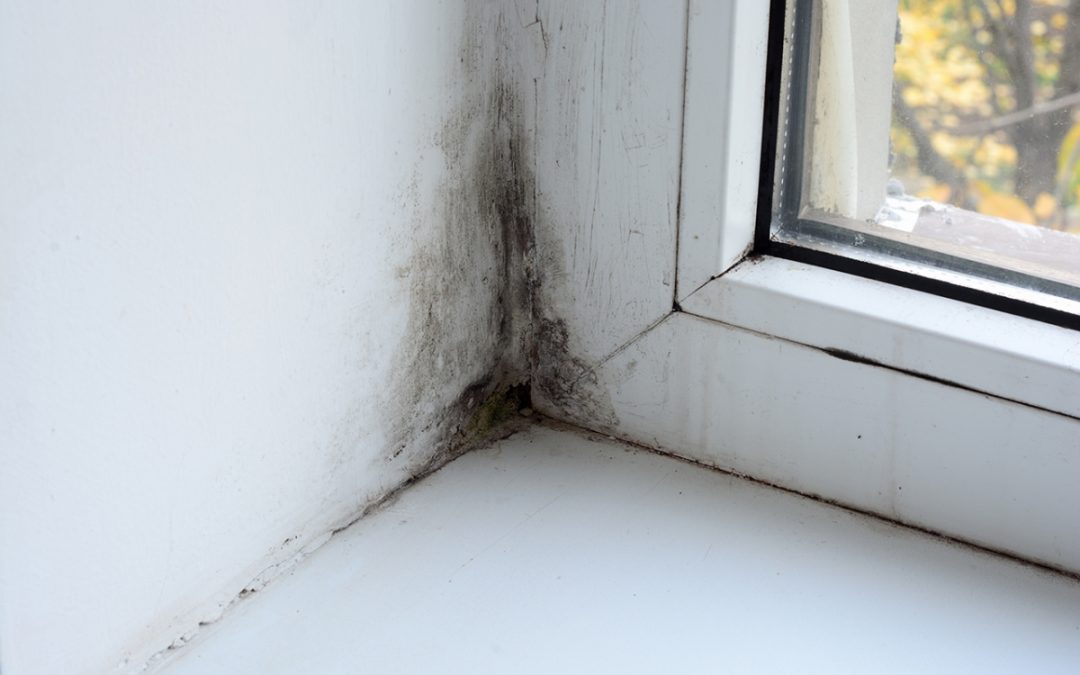Prevent Mold In The Home, 3 Methods – Mold Inspections Bergen County, NJ
The modern emphasis on home energy efficiency has created an environment in Bergen County, NJ and beyond where the air doesn’t flow nearly as well as it does in older houses. Moisture mixed with poor ventilation and stagnant air can easily encourage the growth of mold and mildew. So, it’s worth reviewing methods to prevent mold in the home.
Mold not only causes structural damage, but it’s also a health hazard in the home. People with lung conditions, certain allergies, or asthma can suffer from the presence of mold. Mold spores will float in the air, land on objects and spread all around a home. Read on to learn more on how to spot mold and then also what can be done to prevent it.
What Is Mold?
Mold is a fungus and it needs moisture to thrive. It can grow on just about anything, including from food to cloth, from wood to wallpaper, and from furnishings to cardboard. Mold colors range from deep blue to brown to yellow and black. The good news is that there are reliable methods for the prevention of mold and possibly its’ natural removal.
The Areas Of A Home To Check for Mold
Look for Excess Moisture
As discussed, mold needs moisture to grow. The methods used to prevent mold in a home include checking for leaky windows, looking for any excess moisture, which can stem from air conditioning vents, and/or excess moisture in the home’s bathrooms. Mold can easily grow on window frames, then spread down a wall, settle into baseboards, and on to hardwood floors or carpeting.
Excess moisture after a shower in the bathroom can seep into drywall and insulation. And because the bathroom is an obvious place for mold growth,they should be well-ventilated. Maybe leave a door or a window open to vent the steam during and after a shower. Remember to wipe down walls, to wipe down window frames, and to wipe doors of any moisture. And check for leaks beneath the bathroom cabinets too!
The Ways to Prevent Mold in the Home
Dehumidifiers
Ideally, the humidity inside a home is maximum 20 to 40 percent. In fact, mold actually needs 60+ percent humidity to establish itself and grow. A dehumidifier will pass air over coils, removing humidity from the air and passing it back along as dry air. Removing the moisture from the air is a standard and effective method for preventing mold in the home. Using fans will also increase ventilation and serve to supplement a dehumidifier.
Keep it Clean
Thorogh cleaning can rid a home of any existing mold, so it doesn’t have the chance to spread. Throwing away mildewed drapes, shower curtains and carpets will certainly help. If you see mold growing anywhere on surfaces or walls, clean it using bleach and water or a borax solution. Be concerned that there may be a more deep-seated mold issue, and that it may not be safe to try and clean it up. If so, contact this mold inspector to inspect and to follow our recommendations. And we have no conflict of interest, we are a mold inspector AND NOT a mold remediator.
Veriguard Home Inspections offers mold inspections and other home inspection services to Northern New Jersey, including Bergen County, Essex, Passaic, Hudson, Union, and Morris counties.. Contact us to book an appointment.

